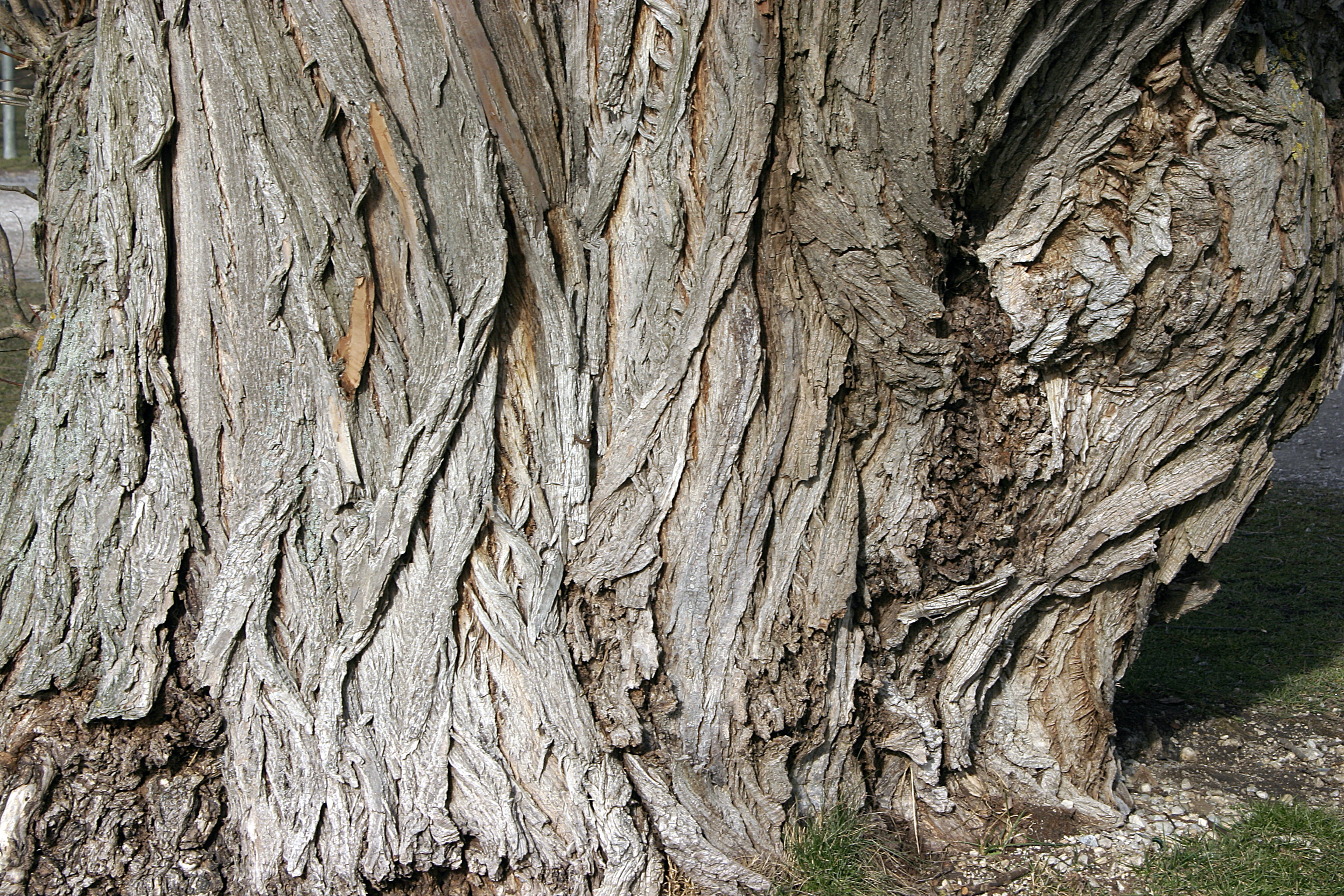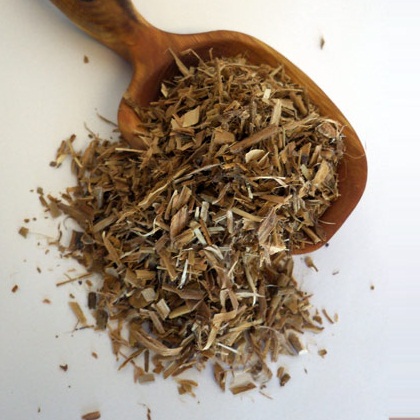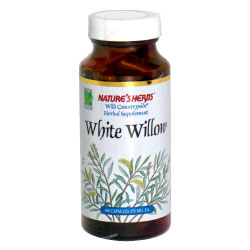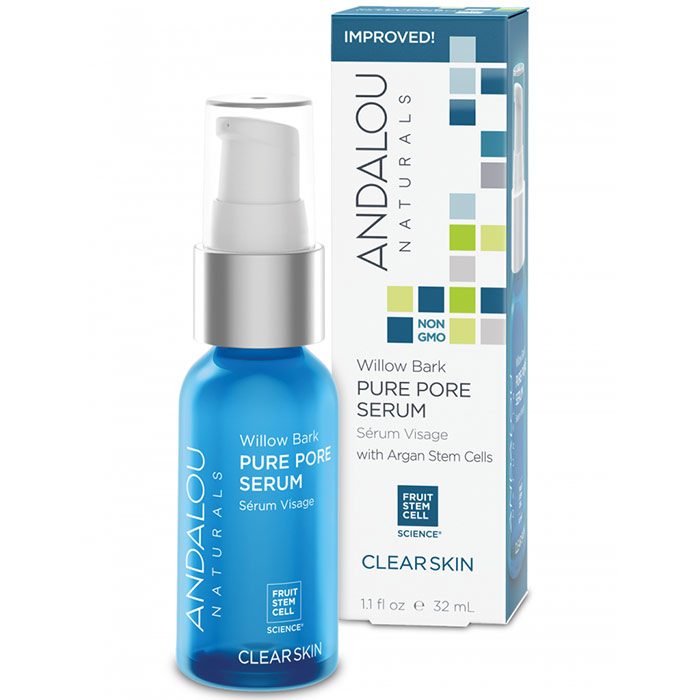
Willow bark is widely known as a natural pain reliever and has been historically used by herbalists to make medicine. Dating back to 400BC, Hippocrates left behind historical records documenting that patients suffering from pain and fever were advised to chew on willow bark or drink willow bark tea. Though still used today, willow bark was used for pain treatment throughout history by the Egyptians and by ancient Asian and European civilizations.
The herb is commonly used to cure pain (including back pain and osteoarthritis), headache, inflammatory conditions and also acne treatment. It can be found in supplement form, as an extract or as a tea. Willow bark is categorized as the bark from different tree and shrub species within the willow family. Native to Europe, Asia and some parts of North America. Commonly known species include white willow or European willow (Salix alba), black willow or pussy willow (Salix nigra), weeping willow (Salix babylonica), purple willow (Salix purpurea) and crack willow (Salix fragile).

Willow bark contains salicin, a chemical compound similar to aspirin and which when metabolized in the liver, becomes salicylic acid. Combined with the herb’s powerful anti-inflammatory plant compounds, flavonoids, willow bark’s pain-relieving and anti-inflammatory effects is thought to be attributed to salicin.
Salicylic acid is also why willow bark’s antiseptic and anti-inflammatory properties make it a natural acne treatment. Tannins, catechins, and flavonoids in willow bark provide antioxidant, fever reducing, antiseptic and astringent properties. The FDA has approved willow bark as a topical acne treatment.

In the 1800s, acetylsalicylic acid or, aspirin was developed combining salicylic acid with other chemicals after researching the effects of salicin in willow bark. According to studies, willow bark appears to bring pain relief more slowly than aspirin yet its observed effects may last longer. Historians believe that willow bark contributed to Ludwig von Beethoven’s death. His autopsy report recorded Beethoven had ingested large amounts of salicin before his death and that he had a specific type of kidney damage that can be caused by salicin.
Taking willow bark as a pain reliever may increase the risk of bleeding yet less than when taking aspirin. There is little or no toxicity information on the use of willow bark, the EWG’s Skin Deep database rates the herb with low scores ranging from 0 to 2. It is advised that patients should monitor for blood in stool, nausea or vomiting and stomach or kidney irritation if using willow bark for pain relief.
Natural/Organic Products Containing Willow Bark:

White Willow Bark 100 capsules from Nature’s Herbs

Willow Bark Pure Pore Serum, 1.1 oz, Andalou Naturals

Tata Harper Hydrating Floral Essence
Facial Care Peach Willowbark Deep Pore Scrub 4 oz, Burt’s Bees
Sources (click for link): WebMD, University of Maryland Medical Center, Healthline, Drugs.com, Willow Bark and Acne, Aspirin History. Images: Wilderness Family Naturals, Wikimedia Commons, Empower Network.




